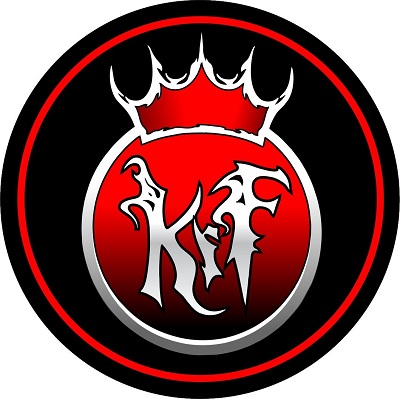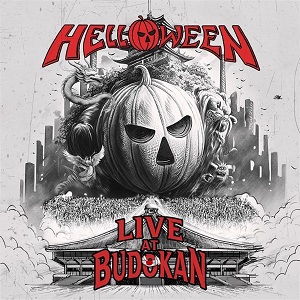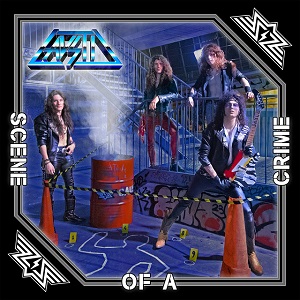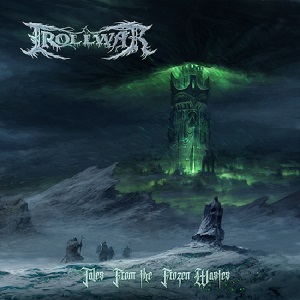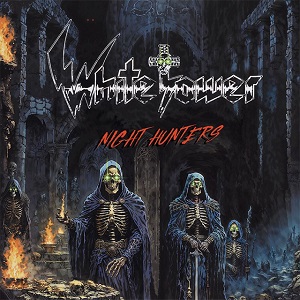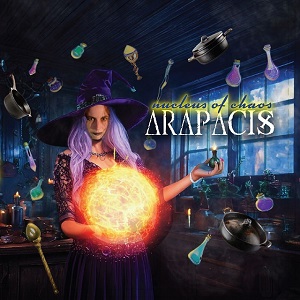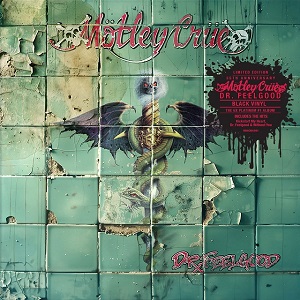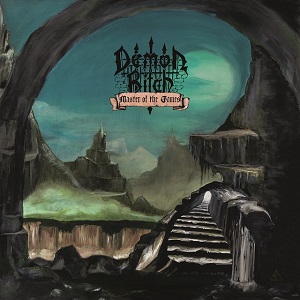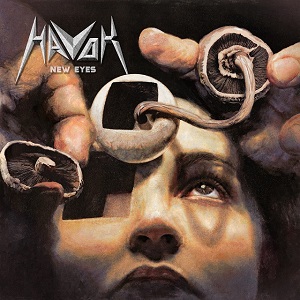Effects Used by Famous Metal and Rock Bass Players
January 17, 2021, 3 years ago

In the world of rock and metal it can be difficult for a great bass player to stand out and be heard. The function of the bass in Metal music is to hold down the driving rhythm with the drummer while providing support to the rest of the band, usually by slapping and popping out bass lines that outline the chords the guitar and keyboards are playing. Too often great bass playing can be lost in the mix.
Cutting Through the Mix
Unlike R&B and funk, where the bass is often featured, in rock and metal music, the guitar is the featured instrument and the bass often gets lost under layers of midrange and treble frequencies. The best rock and metal bass players find ways to stand out and get their virtuosic bass lines heard. Usually, they do this by using effects to alter the tone of their instruments adding color and vibrancy. Effects like distortion, drive pedals, boost, chorus, phaser and wah wah pedals have all been used by great bass players to cut through the layers of competing frequencies and really stand out in the mix.
Geddy Lee
The bassist, keyboard player and frontman of the legendary Canadian power trio Rush is famous not only for his falsetto voice but also his ability to get in the pocket of any groove virtuoso Rush drummer Neil Peart laid down while also providing support for guitarist Alex Lifeson’s spacious rhythms and soaring leads. Lee and Lifeson have always been on the cutting edge of the effects department, and it is Geddy’s use of chorus, delay and echo effects that allow his bass to cut through the mix so clearly. In this recent live performance of the legendary Rush instrumental YYZ the power trio brings down the house with incredible skill and musicianship, while in their classic video for Distant Early Warning we see the broad sweep of Geddy Lee’s talents (and hear plenty of lush chorus in both the bass and guitar tone).
Flea
Michael Peter Balzary, better known as Flea, from the Red Hot Chilli Peppers is a pop culture icon. Not only is he one of the best bass players in music playing for arguably the biggest band of the 90‘s, he has also appeared on TV shows, acted in films like Back to the Future II and The Big Lebowski, and has done voice over work in animated movies from major studios like Pixar. But it is his skill on the bass and his high octane stage presence that made all of that possible. Red Hot Chilli Peppers is one of the few rock bands that really features bass playing and to further stand out from the mix, Flea uses distortion and moog multi effects pedals to give his tone the fullness and power you hear in this live version of Can’t Stop.
David Ellefson
Perhaps the most famous bass riff in modern metal is David Ellefson’s intro to Megadeth’s Peace Sells. This riff pops and chugs at the same time, beautifully setting the foundation for one of metal’s most socially conscious and prescient songs. Ellefson gets this tone by using an overdrive pedal and a chorus effect. The overdrive Ellefson uses beefs up his signal while the chorus colors his tone, giving it that distinctive chugging sound that has made the opening riff of Peace Sells so famous. Of course, it doesn’t stop there. Ellefson’s work on subsequent Megadeth records has been just as impressive.
Geezer Butler
Joseph ‘Geezer’ Butler is one of the founding members of the pioneering metal band Black Sabbath and is known for creating the sound that would influence all future metal bass players. Geezer Butler’s tone is pure magic in that it carries plenty of dirt and grit without getting muddy. Butler uses a powerful preamp to boost his bass signal and was one of the first to use a crybaby wah pedal to brighten his bass tone. The wah pedal really colors his tone, boosting his midrange frequencies, and allowing his low end to be characteristically gritty without becoming muddy, as you can hear from this Black Sabbath performance of Snowblind from the late 1970‘s.
Cliff Burton
Over three decades since his tragic death, Cliff Burton, one of the founding members of Metallica, still routinely tops the lists of best metal bassists. His distinctive tone, like Geezer Butler’s before him, was heavily distorted by a tubescreamer drive pedal and tinged with wah, giving it a distinctive tone that cut beautifully through the sonic maelstrom of Metallica’s early catalog. While his work on vinyl was certainly great, you could not appreciate the full magnitude of Burton’s gifts until you heard him live, as in this rendition of the Metallica classic For Whom the Bell Tolls.
Billy Sheehan
Billy Sheehan of Talas, David Lee Roth band, Mr. Big and Winery Dogs is one of the most brilliant bass virtuosos in history. A master of two handed bass techniques, Sheehan has a fairly simple rig, basically using distortion as his primary effect which allows him to slap, tap and pound out basslines of incredible speed and intricacy. Check out the way Sheehan doubles Guitarist Paul Gilbert’s lightning quick solo in the Mr. Big classic from 1989 Addicted to That Rush.
Les Claypool
Les Claypool of Primus is best known in metal circles as the bass player that auditioned for Metallica after the tragic death of Cliff Burton but didn’t get the gig because, as James Hetfield says, he was just too good. When you listen to Claypool’s unique style on records from his band Primus, you get some notion of what Hetfield might have meant by that. Claypool’s style features a full array of bass techniques, from slapping and popping to pounding and two-handed tapping. He also plays stand up bass in the classical style (with a bow) in the Primus song Mr Krinkle though his rock bass skills are on full display on the band’s breakthrough hit Jerry was a Racecar Driver. To achieve his unique tone, Claypool uses a combination of effects including a distortion pedal, a delay modeler and a digital multi effects rig with a midi controller.

